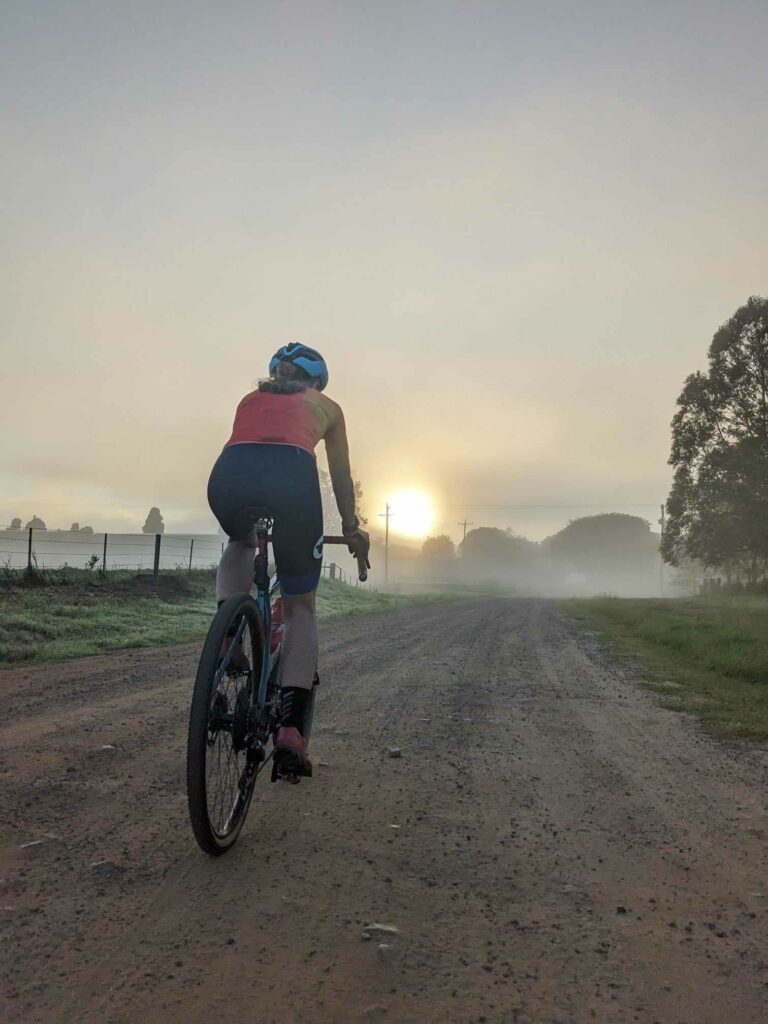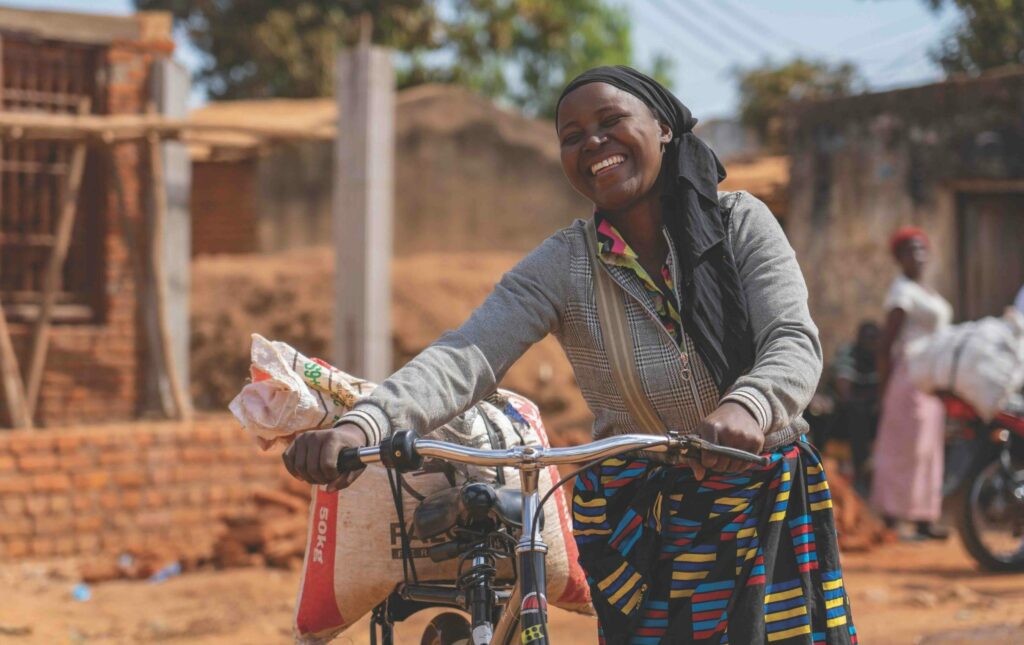Hank Duchateau, a state and national champion in adaptive mountain biking, is an inspirational figure in the Mountain Bike community. With numerous state and national titles under his belt, Hank not only redefines the boundaries of what’s possible but has also been a catalyst for change, spearheading efforts to make trails accessible to adaptive riders. His dedication has opened up new opportunities for those with disabilities to experience the thrill of mountain biking, serving as a beacon of motivation for others to pursue their dreams and conquer their own mountains, both literal and metaphorical.
We’re proud to publish Hank’s thoughts here and encourage you to reach out if your keen to learn more.
So what actually does Adaptive MTB Mean?
Adaptive means passable by a trail-ready trike. It doesn’t mean access-compliant, which is wheelchair accessible. Adaptive cycles let people with spinal cord injuries and other physical restrictions ride.
“People get confused with the term adaptive-friendly. They underestimate what that means. Adaptive trails don’t have to be dumbed down; they just need to be a little wider, without bermed turns on the climbs.”
Hank Duchateau
Equipment for adaptive athletes used to be much harder to access. Although most adaptive mountain bikes (aMTBs) are still custom ordered, these days adaptive sports organisations provide demos, instruction, and support, and adaptive-friendly trails are helping the sport of adaptive mountain biking thrive.
“It’s a really cool time to be involved with adaptive riding. Adaptive mountain biking is really just hitting its stride. Bikes are more capable than they’ve ever been, and it’s really satisfying to be able to build trails to help adaptive mountain biking reach its potential.”
“People are often really surprised by what our bikes can go down and what they can actually handle. I’ve done trail assessments, and a lot of times trails work better than people realise. It’s often [only] small changes that need to be made to make a trail more inclusive.”
There are more than a million and a half people in the Australia. with injuries requiring adaptive sports equipment and more than 300,000 people with spinal cord injuries (SCIs). An SCI can happen to anyone in a blink. One second you’re blasting down a gravel road, sliding through tight trees, then you’re in a car accident, hurt on the job, you take a bad fall, or survive an act of violence and you can’t feel your legs anymore, and it’s permanent.
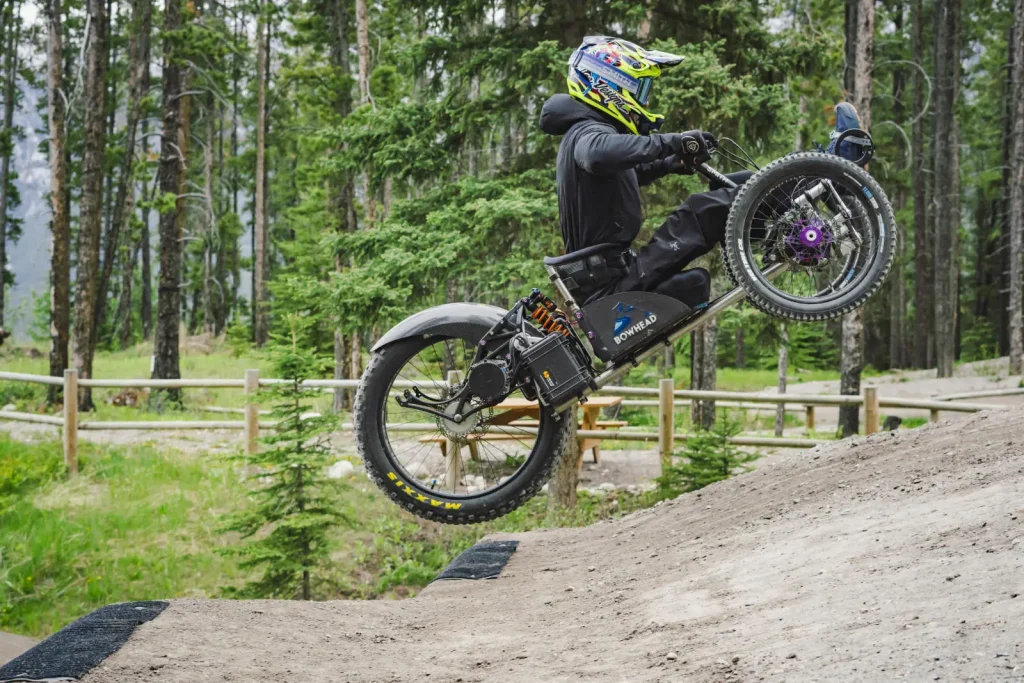

“Mountain biking has been one of the fastest-growing sports in the country over the last 10 years.But adaptive athletes have not had the ability to adventure. As we do not have as many choices where to ride. Adaptive bikes give us the physical ability to access the outdoors, but we need trails to use them on so that we can cover ground and travel through a landscape and have experiences we haven’t been able to have in the past. Being a part of a community that cares, a community that is psyched to build a trail network to support you — and everyone — is a feeling that I can’t really put into words. If you have a disability, you often feel excluded. So to feel included is very overwhelming in one of the best ways imaginable.”
Hank Duchateau
Visibility is key.
It’s hugely important for people to see that people are out there making mountain biking work for them regardless of disability and that an inclusive/accessible/universal trail system isn’t boring. An adaptive network can be intense, highly technical terrain. To normalise building adaptive is possible, it’s doable, and it doesn’t detract from anyone’s experience.”
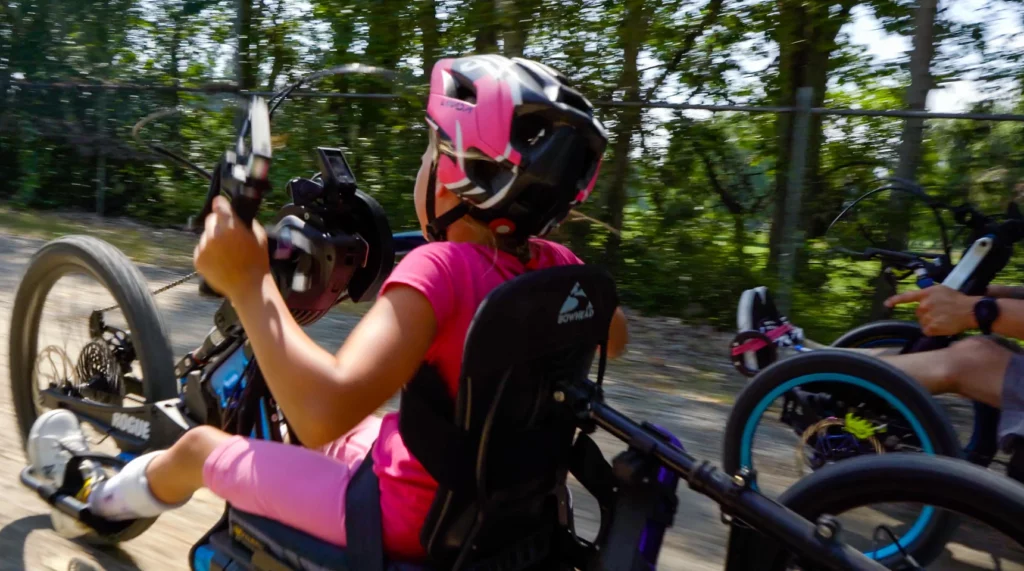

How-To
When it comes to building adaptive trails. More and more grassroots organisations want to do this, and they’re either scared it’s too expensive or that it will dumb down the experience. To show that this can be done, done right, and done efficiently will influence other places.
Adaptive cycles are usually three-wheeled, so trails need to be 1000mm to 1200mm wide. Bridges need to be as wide as trails, or wider in zones with consequence. Trails shouldn’t have must-ride rocks, pinch points, or big features that will stop adaptive bikes from getting through. And trail builders need to keep an eye on the camber. If an adaptive rider tumbles down an embankment because a bridge was tilted toward the slope, or if they blow a berm, they can’t just climb out of the hole like an able-bodied rider. Trails that are too off-camber lead to adaptive bikes flipping or rolling, particularly on climbs. Bench cuts need to be wider to control camber. Corners need to be made more bulbous, and it’s helpful to build rest spots and pull-offs big enough to accommodate an adaptive bike’s long wheelbase plus one or two spotters.
Trails aren’t the only thing you need to think about if you want to build adaptive. Riders need appropriate parking where they can exit a car into a wheelchair, assemble a bike, and then transition from wheelchair to bike. Consider having adaptive portable toilets and a changing area that can accommodate a wheelchair. And provide detailed trail descriptions and signage, both at the trailhead and on signs
You should never claim a trail is adaptive until you’ve had a skilled adaptive rider vet it so modifications can be made before you open it to the public.
If you want to build adaptive trails, you need patience, a willingness to learn, and an optimistic outlook. It takes time to relearn how to look at a trail.
Adaptive trails can feel like the chicken and the egg. I’m asked all the time how many adaptive riders there are in the Australia., and I don’t know. No one does. We’re not the first people building adaptive trails. The Woolgoolga project and Awaba and many others is just some of the projects that is happening right now.
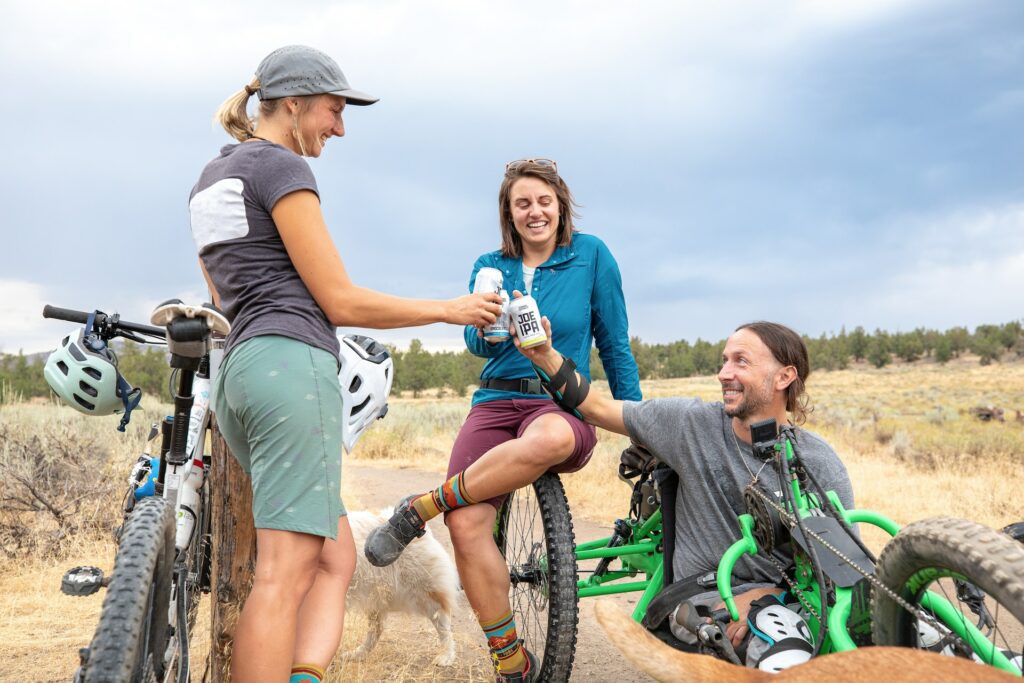

The Bikes
Now to bikes, there are many adaptive bikes on the market now.
From recumbents to Kneelers and Bucket Bikes, Tandems for visually impaired and Bowheads, they all have a right to ride the trails. But for Adaptive Competitions we need to have some balance to be fair. Categories have to be used as a Bowhead Reach or Bowhead RX have greater advantage over the other Adaptive bikes. With the eAssist motors can be 250watts and 500,750, and some like the Lasher and Bowhead can be a1000w electric motor.
As in the rest of MTB we can have categories that suite the rider age group, type of adaptive Bike, and of course JNR, Male and Female categories. The adaptive sport will not grow if we keep lumping all adaptive bikes together under one category that give some riders total dominance because of what they ride.
About Hank


Turning 75 next January, Hank Duchateau is a dedicated wheelchair athlete with an impressive journey. He has competed in the Pan Pac games on the Gold Coast and found his passion in adaptive mountain biking, alongside training on Zwift. Hank’s life took an unexpected turn during his service as an instructor in the Australian Army, resulting in a disability. Nevertheless, he has risen above his challenges, earning two NSW State Champion Jerseys and Two National Australian Champion Jerseys in various State and National MTB events. As the Adaptive Coordinator for the Woolgoolga MTB Club, Hank is committed to promoting adaptive MTB across the nation and has contributed to trail development in places like Bright in Victoria, Awaba in Newcastle, Orange, Bathurst, Tamworth, Tenterfield, Woolgoolga, Grafton, New Italy and beyond. Through his endeavors, he aims to showcase the incredible achievements possible for individuals with disabilities in the world of Mountain Biking.
